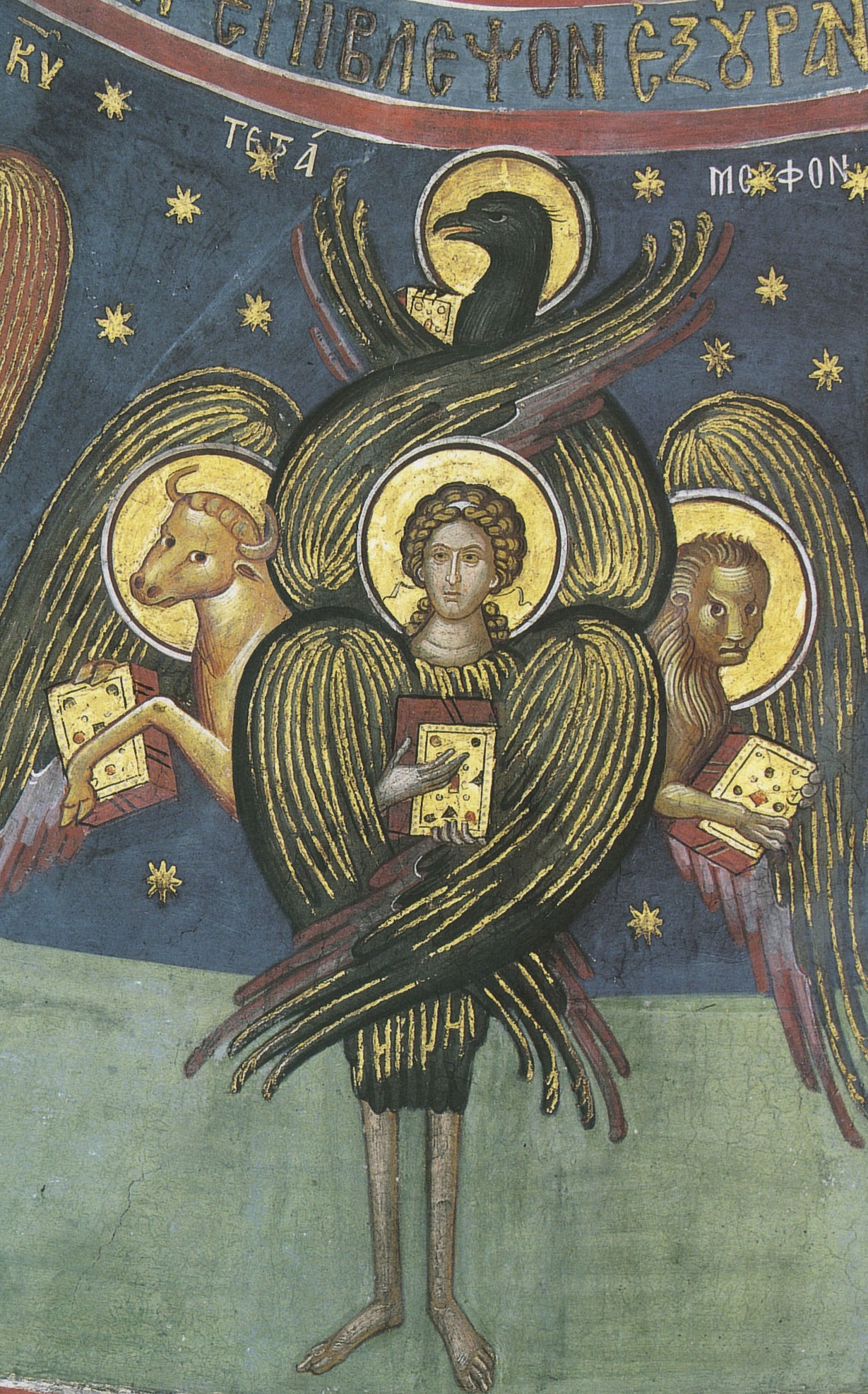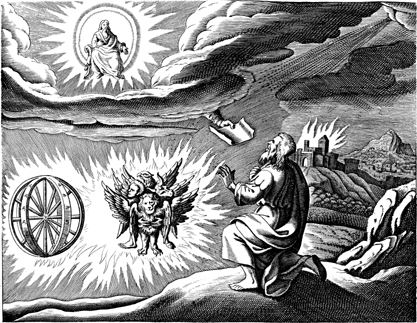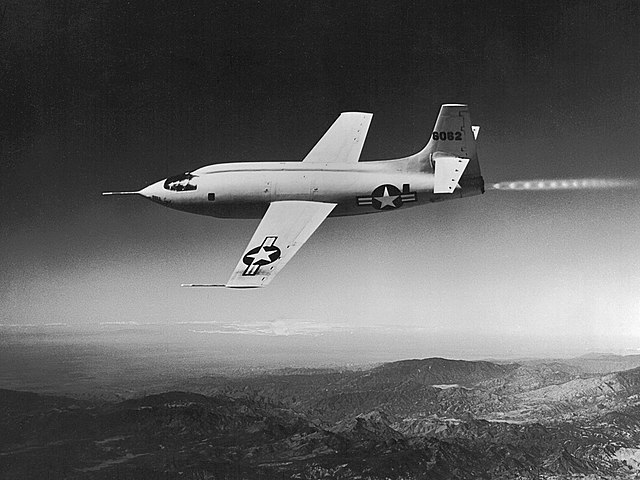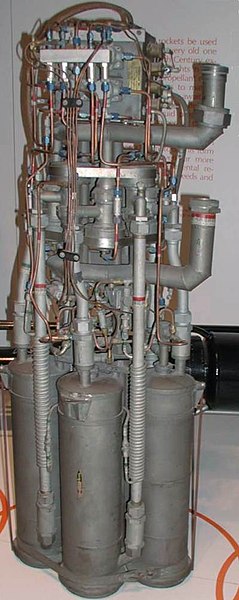We just learned about the Château de Chambord.
Another ancient castle is Conwy Castle in Wales, built around 1283.
This castle was used as by king Richard II for a while during a war, and survived many battles.
It is built right up against the shore of the River Conwy, and there was an old secret entrance that went down to the water where people could sneak in and out or get food and other supplies.
It has eight large towers, two main areas called the inner and outer wards, and two small areas for protection called barbicans.
A barbican is like a wall or gateway with small towers that was used to help defend the castle.




(from: wikipedia - conwy castle)
Kid Facts - Blast from the past: Queretaro












